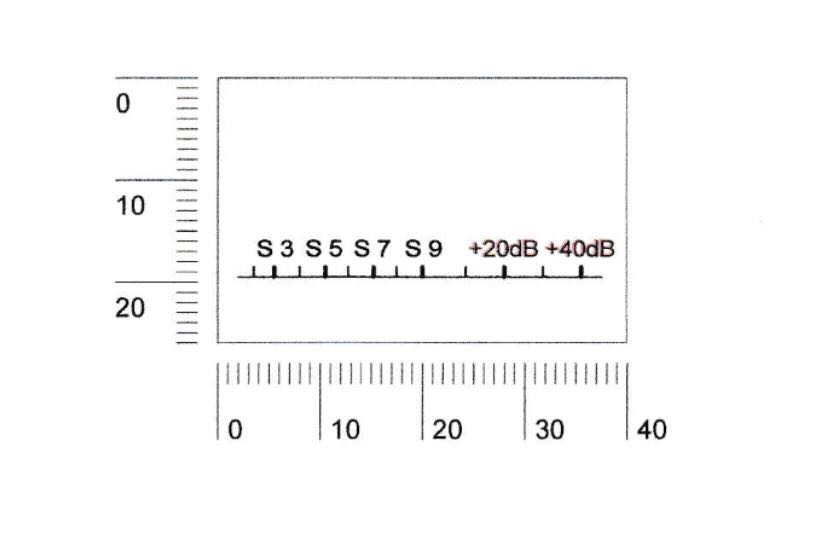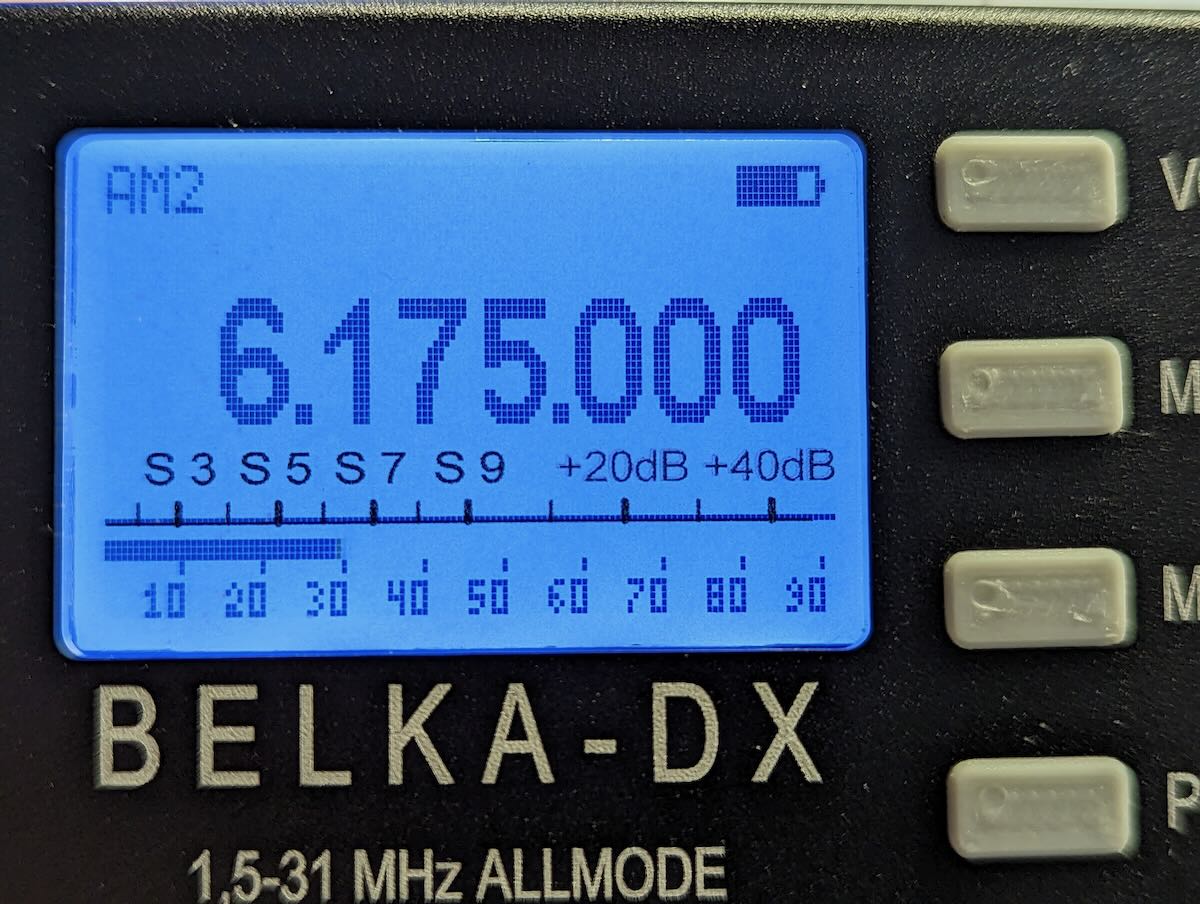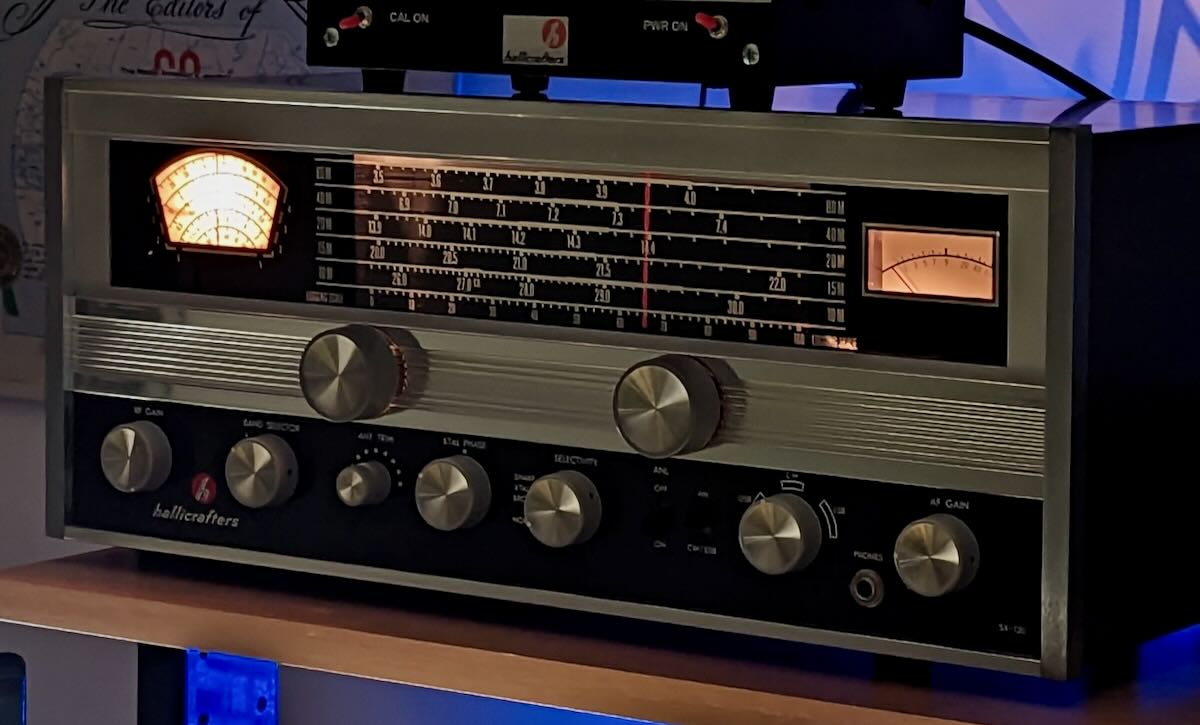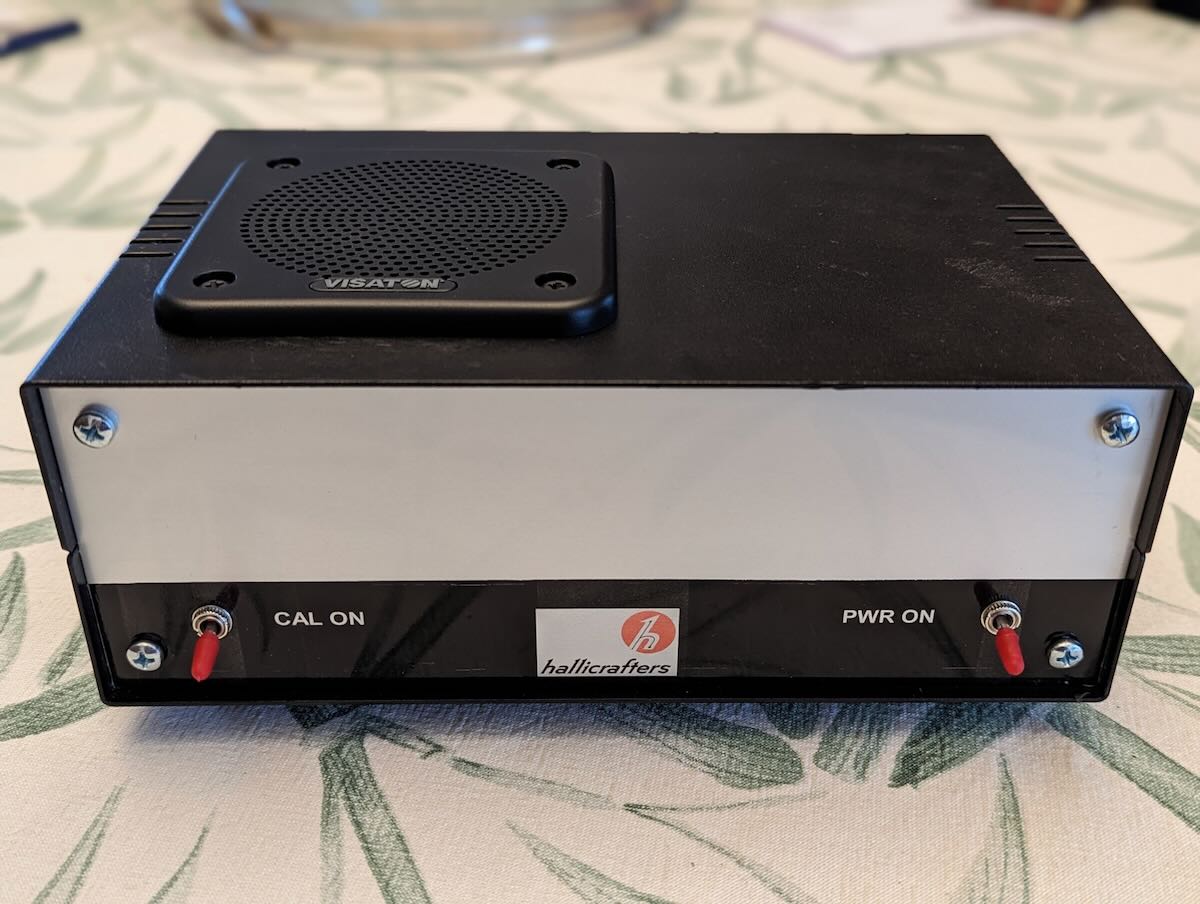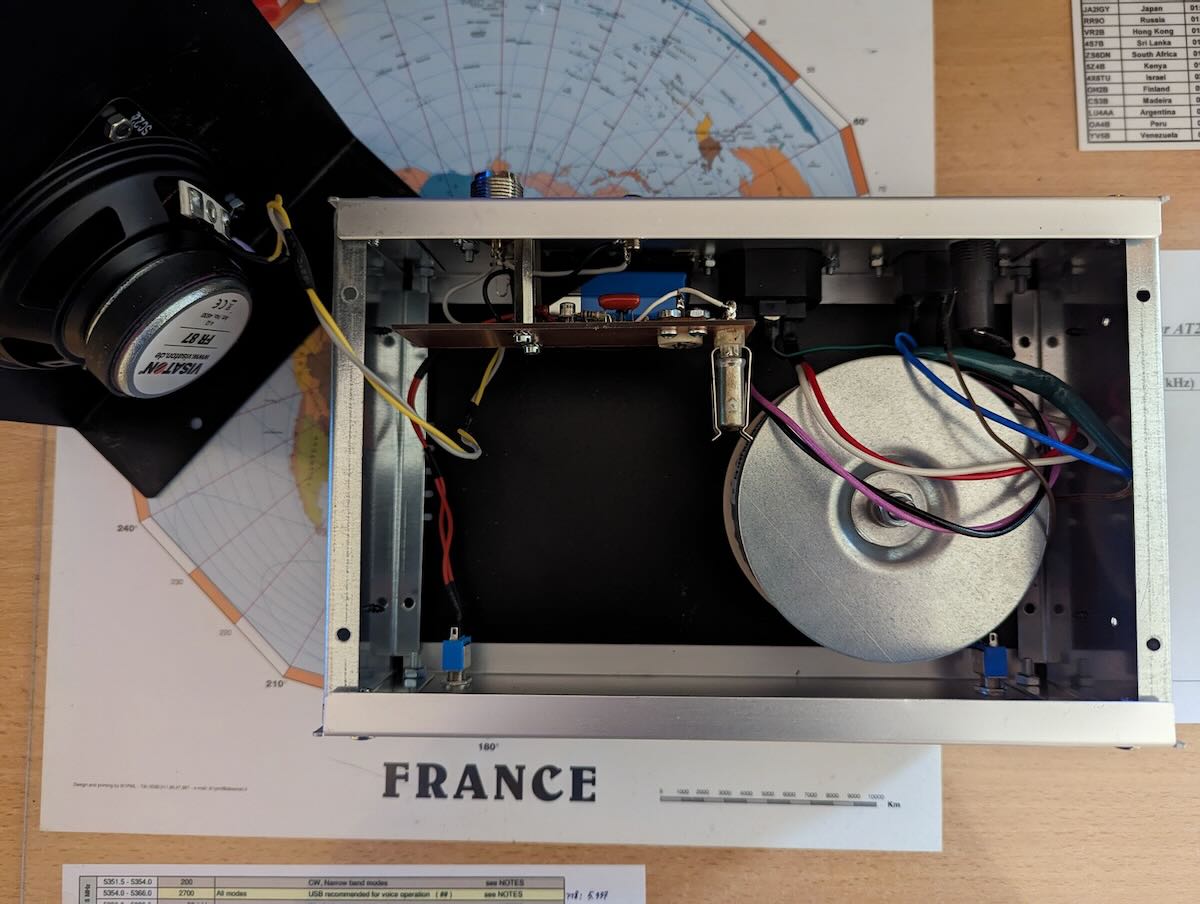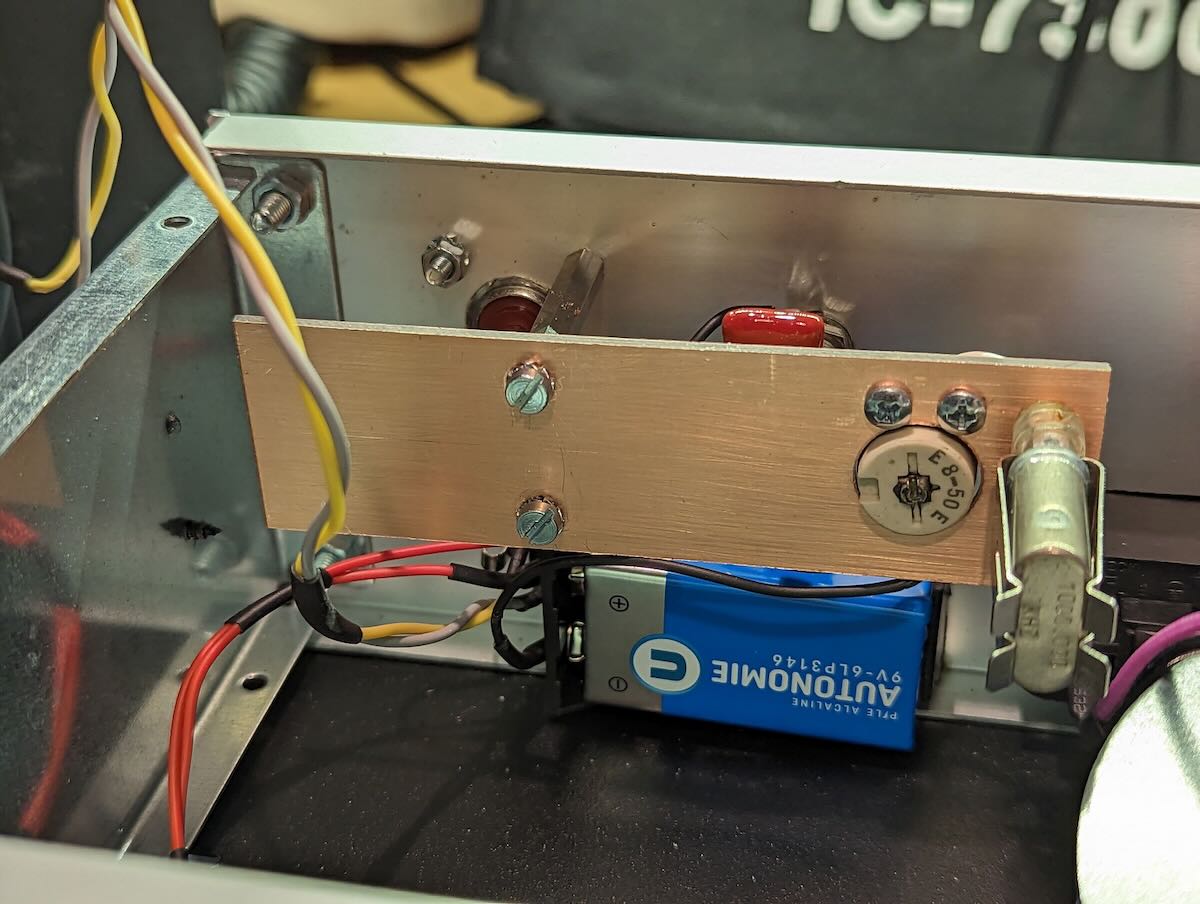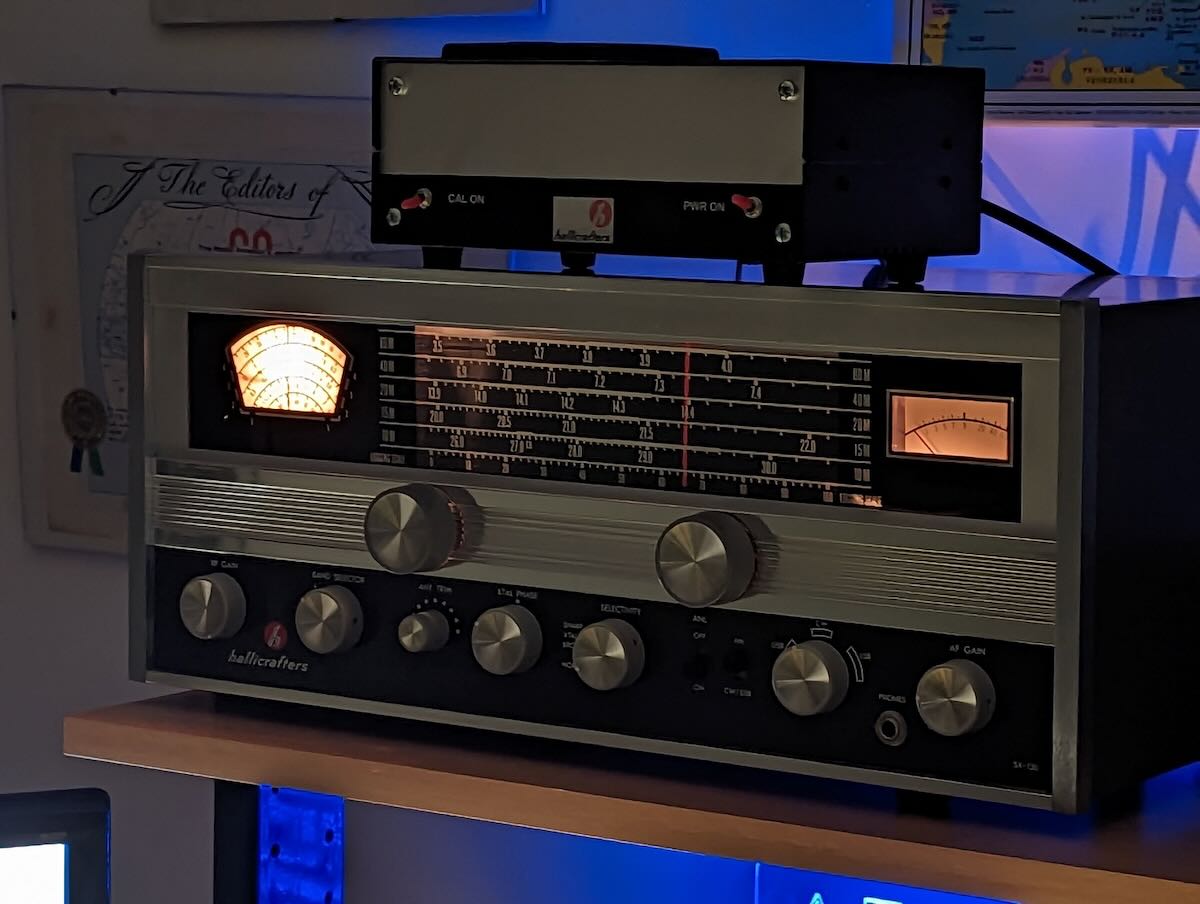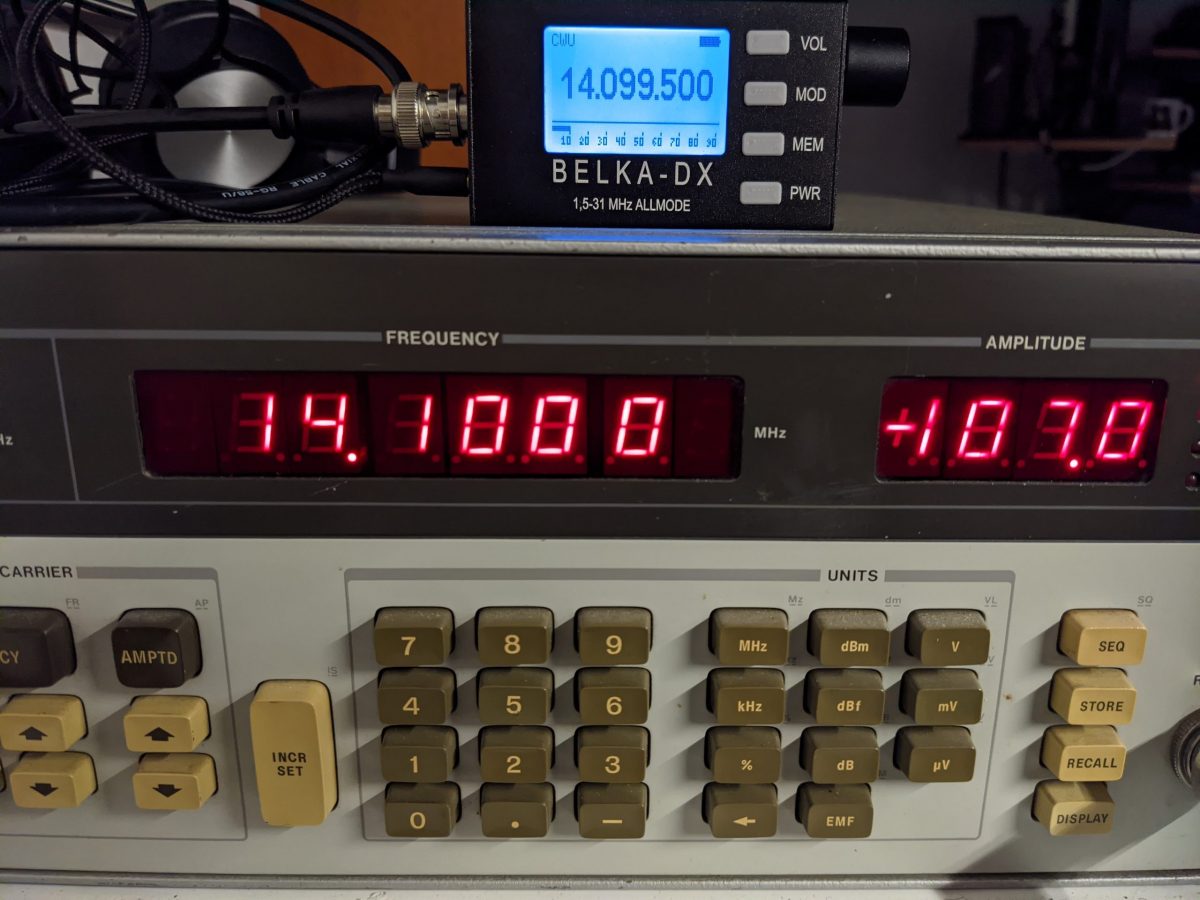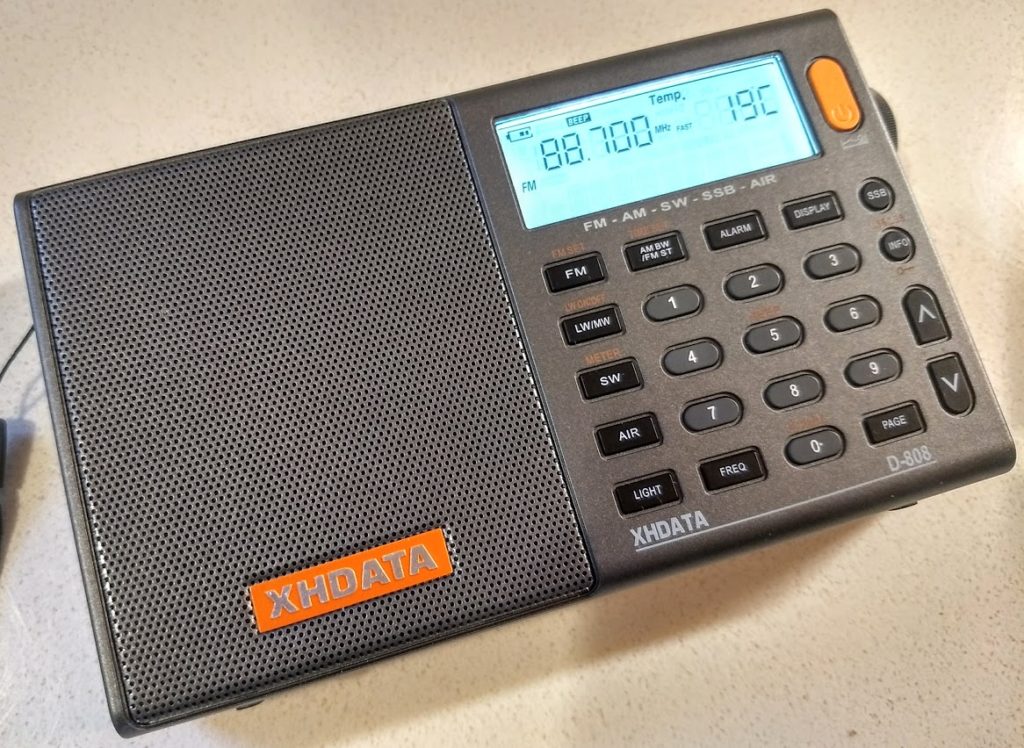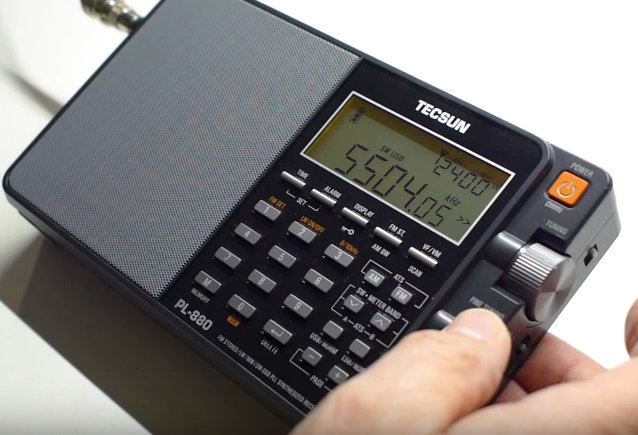After the first information from your wonderful website, I immediately ordered the XHDATA D-808 receiver from Aliexpress for €62 including shipment to France.
I got it very quickly, shipped from Amazon UK!
I did a few tests on SSB. MDS is outstanding, the minimum signal from my HP generator at -127 dBm (0,1uV), is strong even on 28 MHz. Selectivity is also good, and the opposite sideband rejection is audibly also good. However I was unable to measure it because the S meter give the same indication over a few kHz around the signal of the generator. I suspect the opposite sideband rejection to be done by the DSP chip at AF, but I cannot confirm this.
Reception is very good on FM, and the AF from the loudspeaker is reasonable. On headphones, it’s very good. RDS works as it should and sets the clock of the receiver.
I did only a few minutes test on LW and MW, and it seemed OK, even if I don’t have a lot of experience on these bands.
SW AM listening was very good; good audio, great selectivity. I suspect that the bandwidths given are AF bandwidths as even the most selective were not too much muffled. If it was IF selectivity, the AF bandwidths would have been half the values and much muffled.
SSB and CW reception are also very good even if the DSP chip has a long attack time and hence gives distortion during the beginning of each message.
About SSB: I think that this receiver is better than the [Tecsun] PL-880 and comparable to the PL-660.
Reception is good on the short but sturdy telescopic antenna.
If you connect the receiver to a large external antenna, you will encounter many IMD signals. As there is no built-in attenuator, you will need an external one.
The manual is correct, but very short about the memories.
ATS logs its findings into the first pages, so if you want to keep some memories, log them a few pages away.
The available pages are different with bands, FM has its pages, SW its pages etc…
Unfortunately, memories don’t keep the mode on SW–only the frequency and selectivity. After calling a memory, you will have to choose between AM, USB and LSB.
I was totally unable to light the “Preset” label on the display ?!?
Display and backlighting are very nice.
Somewhat odd, but the squelch seems to work sometimes on other bands than Air band !
Ergonomics are reasonable, quality of construction is good for the price.
Overall, for the price, this receiver is quite outstanding.
Best regards from France .
Georges F6DFZ
Thank you, Georges! Excellent thoughts on the D-808. Your note about squelch control working outside the AIR band reflects what the Digitech AR-1780 does as well–hinting that firmware is very similar.
I fully suspect the D-808 is on the path to being one of the best radio values under $100 US.
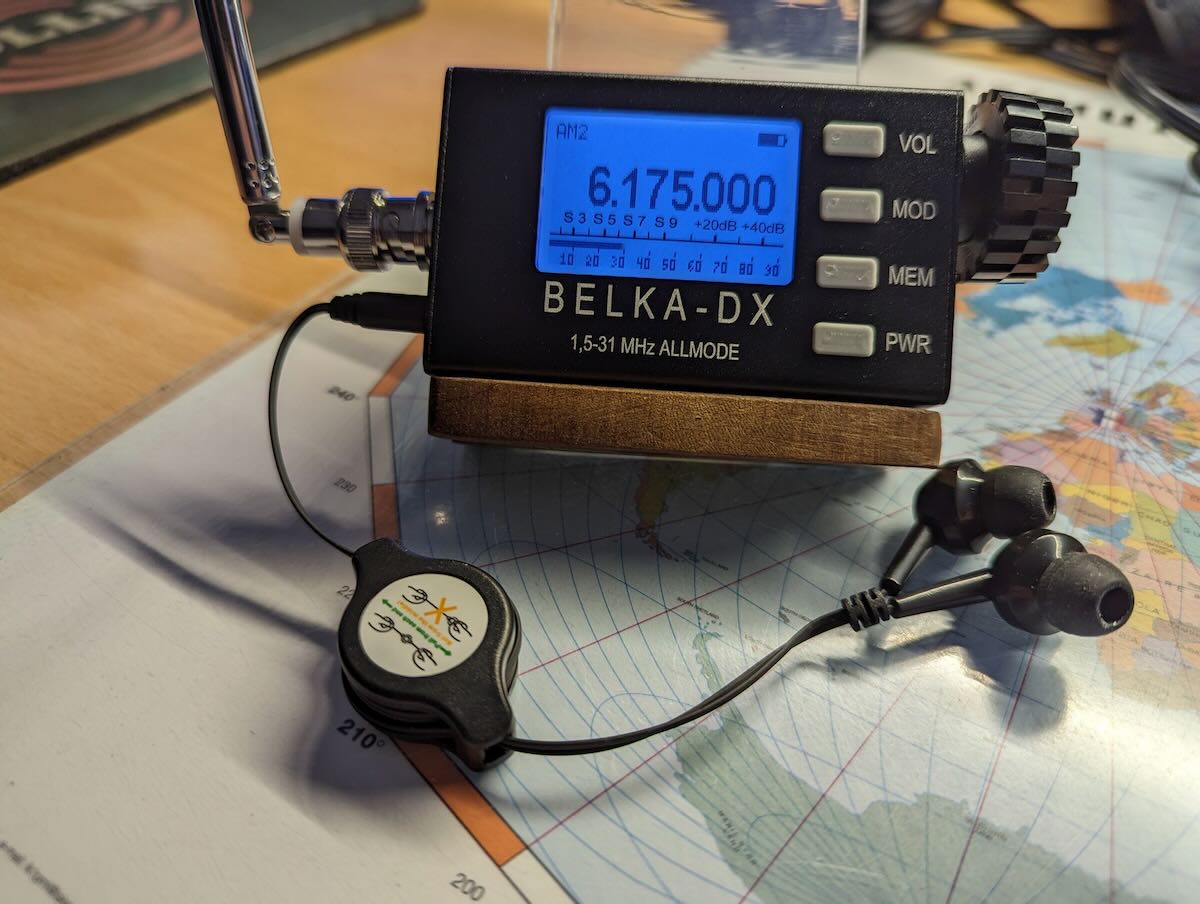 Many thanks to SWLing Post contributor, Georges Ringotte (F6DFZ), who writes:
Many thanks to SWLing Post contributor, Georges Ringotte (F6DFZ), who writes:
